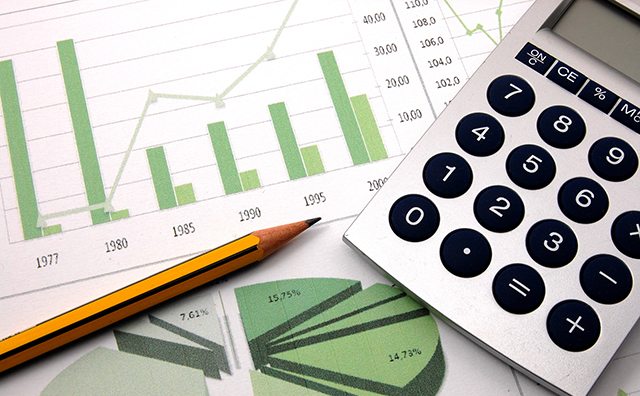Before you start investing money, you’ll need to understand the mechanics of risk and return.
Most investment articles assume that everyone already knows this so it can be difficult to find helpful advice. This article begins with the basics and takes you step by step through what you need to know.
What is return on investment (ROI)?
The basic idea of investing is that you put your money into something and, if all goes well, end up with more money than you invested. The return on investment is a simple way of looking at this process of gain, calculated using a simple formula:
ROI = (current value of investment – cost of investment) / cost of investment
The useful thing about this formula is that it’s easy to apply to any investment type. Because it can produce negative numbers it can also let you measure loss on the same scale. You can calculate it at any time and if you want to know your monthly or annual ROI you can simply divide the result by the total number of months or years you’ve held the investment for.
By comparing ROIs, you can work out which of your investments are most profitable.
Types of risk
While return can be understood as one simple number, risk is a bit more complicated. There are two main ways that it can happen.
Firstly, individual assets can be voided completely: if a company goes into liquidation, its shares may become worthless. If a country ceases to exist, bonds issued by its government will often become worthless.
Secondly, the return on investment that your assets generate may not be sufficient to keep pace with inflation. In this case, your ROI will still go up but the money you have as a result will be worth less in real terms than the money you had originally.
It’s also worth noting that if you’re paying high fees in connection with some of your assets – for instance, towards the management of a mutual fund – then you can still end up losing money even if you have a positive ROI.
How risk relates to investment
As a rule, investments that entail more risk offer a higher ROI and vice versa. Low-risk investments give you a good chance of making a profit but that profit is unlikely to be very big in return for your outlay. High-risk investments offer much bigger profits but there’s a higher chance that you’ll end up losing your money.
Different asset types
As a rule, different types of assets carry different levels of risk. Although individual assets vary a great deal, you can use this as a starting point in finding the assets that are right for you.
Fixed interest assets such as government bonds are low risk.
Property investment is medium risk but there are things you can do to moderate your risk further, such as carrying out professional renovations on your properties.
Shares are generally classed as high risk, however, in practice the degree of risk can vary enormously. Shares in large, well-established companies are comparatively low risk. Shares in start-ups are high risk but can deliver the highest returns if you get lucky.
Forex and derivatives such as CFDs (contracts for difference) can be used to hedge against some of the risk involved in trading other assets. For instance, if you agree to sell some shares to a Spanish buyer in exchange for €1,000 and then the value of the pound drops against the euro, you could get fewer pounds than you expected. If you first use forex to bet that the pound will fall against the euro, the profit you make from that can balance your loss. People often talk about hedging as if it’s very complicated but actually it’s simple enough for anyone to use.
When you’re looking for a broker, look for one that includes forex among its offerings. This is increasingly common, as this degiro review illustrates, and although forex is quite risky if used on its own, hedging with it can be used to reduce risk.
How much risk is worth it?
An ideal investment portfolio includes a balance of assets entailing different levels of risk so that you can keep that risk at a level you’re comfortable with while still getting decent returns. Just how much risk is right for you is something only you can decide and it will depend in large part on your aims, so think these through before you start investing. If you want to make money quickly, you’ll have to accept a higher level of risk. If you are retirement planning and you have plenty of time, there’s no need to take so many chances.
Once you get used to the idea, balancing risk and return is not very difficult. What matters then is figuring out what’s right for you.


